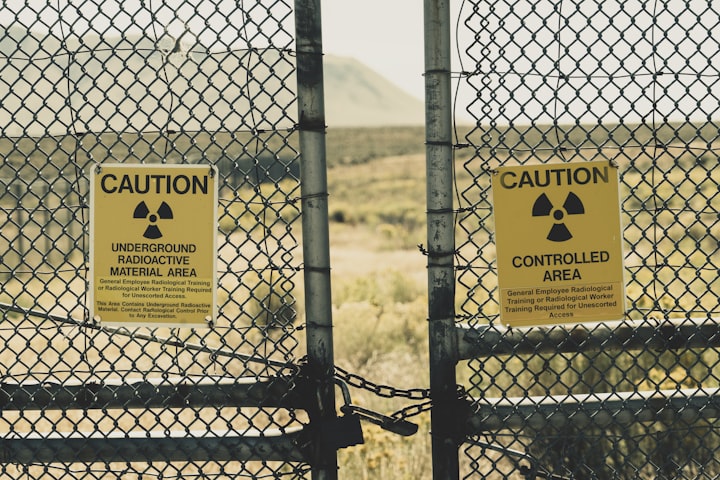
In the realm of elements, there exists a substance that embodies both fascination and fear in equal measure—Polonium. Discovered over a century ago by the groundbreaking work of Marie Curie and Pierre Curie, Polonium has captivated scientific minds with its unique properties while also instilling a deep sense of caution due to its extreme toxicity. From its discovery to its notorious role in high-profile poisoning cases, Polonium's story is a captivating yet cautionary tale of scientific exploration and the complexities of handling hazardous materials. Let us delve into the world of Polonium, exploring its properties, uses, and the significant safety considerations that accompany its presence in our modern world.
Polonium poison is an interesting and at the same time very dangerous topic. Let's learn about this substance and the effects it can cause.
Polonium is a rare and highly radioactive element, with atomic number 84 and symbol Po on the periodic table. Discovered by Marie Curie and Pierre Curie in 1898, polonium has gained notoriety for its extreme toxicity and has been linked to high-profile cases of poisoning.
Polonium was first discovered in uranium ore by Marie Curie and Pierre Curie in their pioneering research on radioactivity. It is a silver-gray metal that occurs in trace amounts in nature, primarily as a decay product of uranium and thorium. Polonium has more than 30 isotopes, but the most stable and widely known is polonium-210.
Polonium-210 is an alpha emitter, meaning it emits alpha particles during radioactive decay. These alpha particles are highly energetic and can cause serious damage to living cells when inhaled or swallowed. Due to its strong radioactivity and short half-life (138 days for polonium-210), polonium is extremely dangerous even in very small quantities. they are described as extremely toxic. It is one of the most dangerous radioactive poisons for humans. By mass, Po-210 is 250,000 times more toxic than hydrogen cyanide. Just one microgram, or one millionth of a gram, is too much to kill an adult. In fact, it is said that one gram of Polonium-210 is enough to kill 50 million people and, incidentally, sicken another 50 million. In other words, you only need 160 grams of Po-210 to kill all 8 billion people on Earth.
One of the most notorious cases involving polonium was the poisoning of former Russian spy Alexander Litvinenko in 2006. Litvinenko was exposed to a lethal dose of polonium-210, leading to his painful death. The incident shed light on the secret use of polonium as a poison due to its difficulty in detecting and tracing.
Despite its extreme toxicity, polonium has limited use in various industrial and scientific applications. It is used in devices such as antistatic brushes to remove dust from photographic film and as a heat source in space exploration devices such as radioisotope thermoelectric generators (RTGs).
Due to its hazardous nature, polonium is strictly regulated and handling requires specialized equipment and training. Occupational exposure to polonium poses significant health risks, including increased risk of cancer and radiation sickness. Appropriate safety procedures and monitoring are essential in environments where polonium is present.
As we conclude our exploration into the world of Polonium, it becomes evident that this element is not merely a scientific curiosity but also a stark reminder of the responsibilities and challenges inherent in dealing with hazardous materials. From its discovery by Marie and Pierre Curie to its modern-day applications and infamous role in poisoning cases, Polonium's story is one of complexity and caution.
The extreme toxicity and radioactivity of Polonium underscore the critical importance of stringent safety protocols, regulations, and responsible handling practices. Whether in industrial settings or scientific research, awareness of the risks associated with Polonium is paramount to ensure the safety of workers, researchers, and the environment.
As we continue to push the boundaries of scientific knowledge and exploration, the lessons learned from substances like Polonium serve as valuable guides in navigating the delicate balance between innovation and safety. Through continued vigilance, education, and adherence to safety standards, we can harness the benefits of scientific discovery while mitigating potential hazards for the well-being of humanity and our planet.
About the Creator
nemo
Have a good day <3






Comments
nemo is not accepting comments at the moment
Want to show your support? Send them a one-off tip.